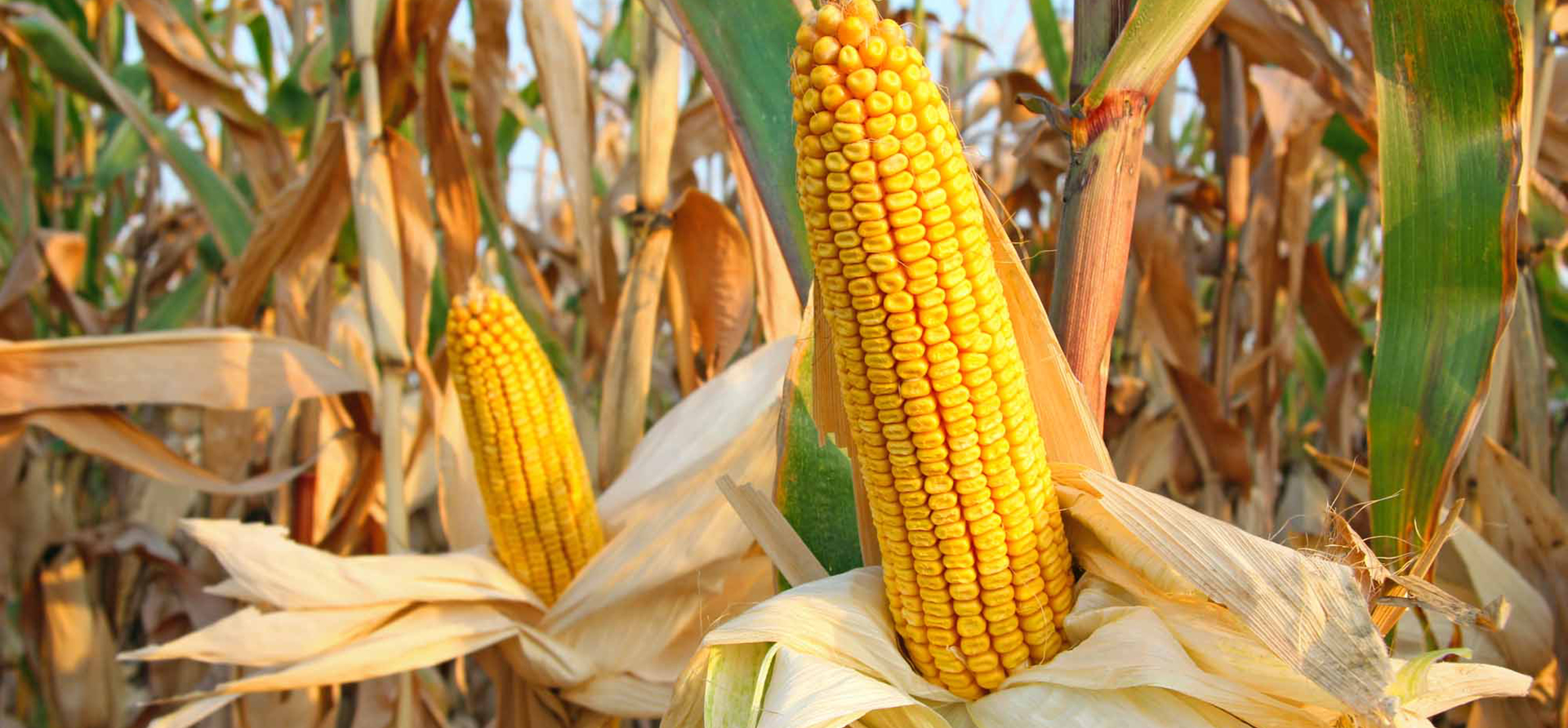There are many types of weeds in corn fields, which compete with corn for water, fertilizer and space, seriously affecting the growth and development of corn seedlings. Spraying broad-spectrum and efficient herbicides is the simplest and most effective way to control these weeds. Corn herbicides such as nicosulfuron and dimethyltetrachloride can easily cause phytotoxicity if used improperly. Compared with tembotrione, it is a safer corn field herbicide.
Main features
Tembotrione is a new triketone herbicide and a new type of HPPD inhibitor developed after pyrazole herbicides. By inhibiting the synthesis of various enzymes in weeds, the biosynthesis of carotenoids is affected, and the weeds become chlorotic and yellow. Generally, all weeds die in about 2 weeks. The activity of tembotrione is 2 to 3 times higher than that of mesotrione. It has a wider weeding range than mesotrione. It has a longer weeding period, better weeding effect and higher safety. It is safe for corn and next crop. It is the first choice agent for controlling common weeds and malignant weeds in corn fields.
Scope of application
Tembotrione is safe and has a wide range of applications. It can be used not only on ordinary corn, but also on almost all corn varieties such as Denghai series corn, sweet corn, popping corn, waxy corn, feed corn, etc. It is currently one of the most widely applicable corn field herbicides. It can be used in the corn 3-9 leaf stage and is safe.

How to use
At the 3 to 9 leaf stage of corn and the 2 to 6 leaf stage of weeds, 160-200 ml of 23.5% Tembotrione·Atrazine dispersible oil suspension can be used per acre, mixed with 20 kg of water and sprayed evenly. Use a low dose for small grass and a high dose for large grass. It can effectively control 75 kinds of weeds such as barnyard grass, crabgrass, amaranth, retroflex amaranth, commelina, and setaria common in corn fields.
Proper use of Tembotrione
① Like other corn field herbicides, Tembotrione is a dispersible oil suspension. When used, it must be diluted twice to ensure that the liquid can be fully exerted and achieve the ideal weeding effect.
②The best use period is the 3-5 leaf stage of corn and the 2-6 leaf stage of weeds. Add 30-40 kg of water and spray the weeds on their stems and leaves.
③ For malignant weeds in the field, spraying can be focused. For example, to control wild reeds, directional secondary spraying can be carried out (after the water of the first spray evaporates, it needs to be sprayed again to ensure the ideal eradication effect).
④ Under the premise of high temperature and drought, low temperature and little sunshine, and weak corn growth, pesticides should be used with caution to prevent the occurrence of phytotoxicity.
⑤ Corn fields that have been treated with Tembotrione can be planted with crops such as wheat, corn, soybeans, potatoes and cotton in the next crop, but various vegetable crops must be planted at intervals of more than 3 months.


